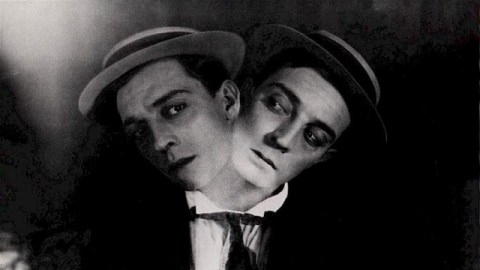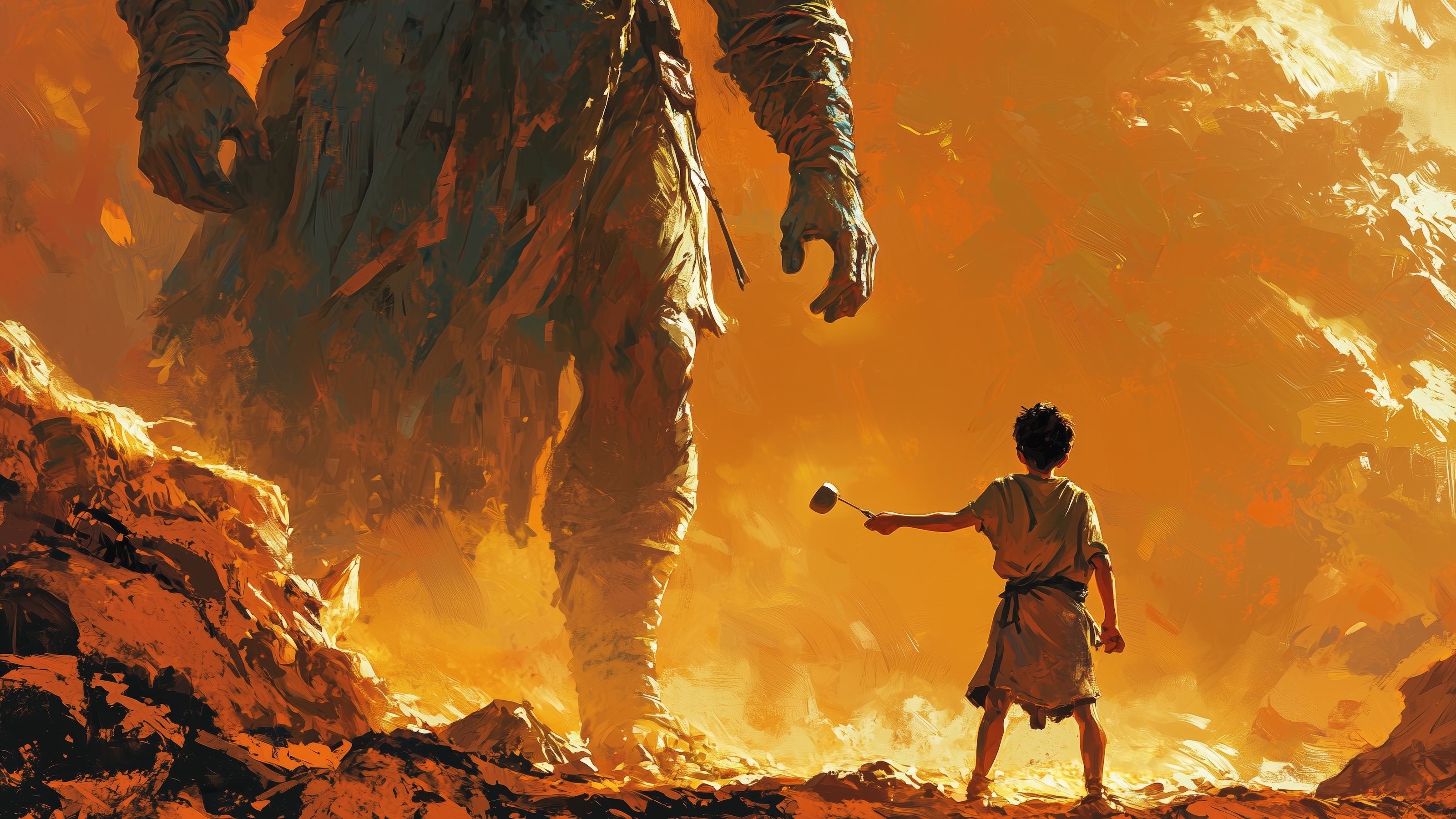Zen and the Art of Silent Movie Watching

Must mindfulness always mean meditation—eyes closed, mind clear, simply breathing, simply being? Dan Harris’ recent best seller 10% Happier: How I Tamed the Voice in My Head, Reduced Stress Without Losing My Edge, and Found Self-Help That Really Work—a True Story modestly proposed that just 5 minutes of meditation a day could go a long way towards making you more mindful and more happy, even if it’s just 10% happier. But even 5 minutes of meditation seems impossible for many people conditioned to be continually on the go or continually stimulated visually by one screen or another. After reading Harris’ book and David S. Shields’ Still: American Silent Motion Picture Photography (which I reviewed here) close to one another, my new interest in mindfulness overlapped with my rekindled interest in silent film. If we can’t break our visual addiction but acknowledge the need for greater mindfulness, I thought, then maybe the different kind of visual storytelling of the silent film era might be the solution—a tale of Zen and the art of silent movie watching.
Not many people watch silent films today. It’s viewed often as a niche market akin to collecting vinyl records or vintage clothing—people with a yen for the past who express it in tangible ways. But a side effect of the time and technology differences between movies today and movies of the silent era (which ended for the most part in 1929) is a significant difference in the methods of storytelling. People who have never seen a silent film most likely imagine actors mugging for the camera with the occasional intertitle card providing a bit of text or explanation as the grainy, splotchy footage rolls along. But what those people don’t realize is just how important every little gesture, every little movement is to the story. Characters would speak lines not appearing in the intertitles knowing that audiences were adept at lipreading. (Some of the first profanities captured on film appeared in these “silent” silent moments.)
Try watching a silent film for any length of time without multitasking. We’re all so used to having some device while watching television or a movie that some movie theaters have even considered special seating sections for those who absolutely must text during a film. I won’t rant further about the troublesome addictiveness of social media, especially for the young, aside from pointing out that you simply can’t multitask and understand what’s going on in a silent film. The nonverbal cues just don’t allow us to toggle visually back and forth. In fact, first-time silent film viewers who turn off their gadgets to tune in to the story find watching silent films exhausting in the demands it makes on their attention both in intensity and duration of time.
The usual response of these exhausted first-time viewers is boredom. Fritzi Kramer at the silent film blog Movies Silently responded to this boredom charge with a wonderful video in which she compares the skill set needed to watch and appreciate a silent film to that needed to read a novel. Sadly, just as we’ve become a nation of skimmers of books, we’ve become a nation of skimmers of visual art. A 2014 Pew Research Center Study found that about one quarter of all Americans had not read a book in the previous 12 months and that a little less than half had not read a book for pleasure in that same time. (As an educator myself, I can personally attest to noticing an increasing decline both in college students’ reading ability and their willingness to read in depth.) But this generation, raised on CGI, seems to be jaded to modern technology’s movie magic, too. If bigger and better effects aren’t the answer, maybe it’s time for a return to more human-based storytelling, such as that found in low-tech silent films.
Although film historian David Pierce estimated that fewer than 14% of American silent films still exist today in complete form in his recent Library of Congress report, “The Survival of American Silent Feature Films: 1912-1929,” those that have survived are more than enough to get started with. Because most silent films are in public domain, they are easily found and viewed for free on sites such as YouTube and The Internet Archive. Turner Classic Movies offers beautifully restored silent films of note with their “Silent Sunday Night” feature. If you’re lucky enough to live near an art film movie house, they may show the occasional silent film. If you’re even luckier, they may even show that silent film with the live musical accompaniment that the original audience would have enjoyed (and that the filmmakers expected would be heard). As silent film star Lillian Gish loved pointing out, “The silents were never silent.”
But where should you start? Go with the biggies: Lillian Gish co-starring with her sister Dorothy Gish in D. W. Griffith period piece melodrama Orphans of the Storm; Charlie Chaplin’s comedic study of innocence, The Kid; sex symbol Rudolph Valentino in his breakout role in The Four Horsemen of the Apocalypse (then go see the overplayed, over-the-top romance of The Sheik); Douglas Fairbanks at his athletic, sword-fighting best in The Mark of Zorro; the timeless seductive beauty of Louise Brooks in Pandora’s Box; or Buster Keaton(shown above) defining physical comedy for generations in The General. Once you get through some of the classics (all of which are available free online), then you can delve into more films by those artists or by those emulating them. Too many film history classes weigh novice silent film watchers down with heavyweights such as Griffith’s Birth of a Nation or Intolerance, F. W. Murnau’s Sunrise: A Song of Two Humans, or even Fritz LangMetropolis, my personal favorite silent film ever. Those heavyweights are great films, but starting out with “important” films misses much of the original intent of movies—entertainment and immersion in a story for the story’s sake.
But why is it so important to watch a silent film? Can’t I find meditation-free mindfulness someplace else—in my garden, playing piano, etc.? Yes, you can find mindfulness in all those places, but for those without an immersive hobby that can become a mindfulness oasis, silent films might offer a refuge. Just as Buster Keaton grew famous as “The Great Stone Face” for his control in the face of comedic anarchy, modern-day Americans should aspire for a sense of control in their lives, similar to the “out of body” experience photographer Arthur Rice goes for in his portrait of Keaton (shown above). I guarantee that Charlie Chaplin will make you at least 10% happier, but opening your mind and your life to silent films will allow you to take back an even higher percentage of control from the multitasking rollercoaster.
[Image:Arthur Rice. Portrait of Buster Keaton.]





